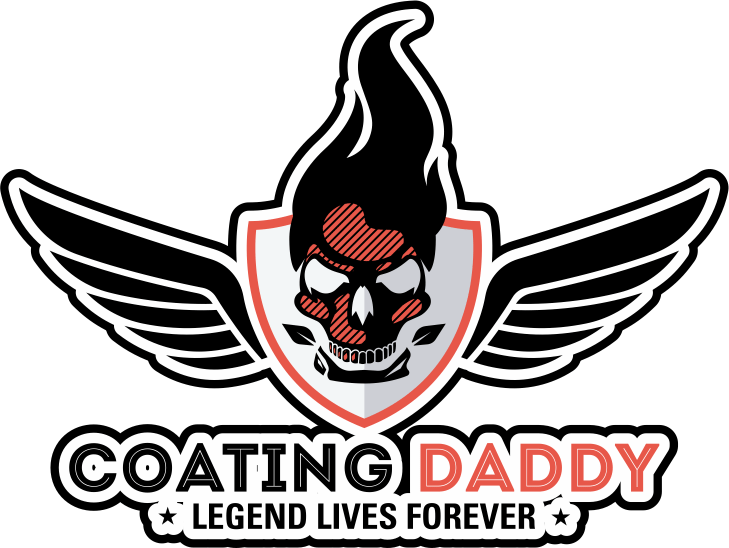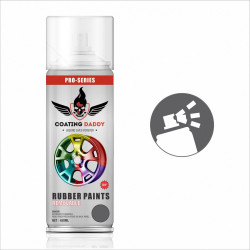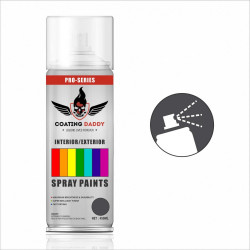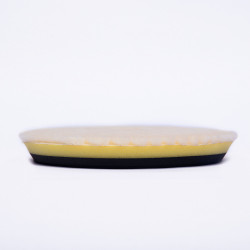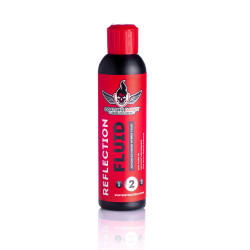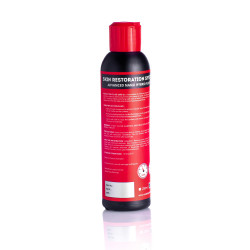-1140x400.jpg)
Introduction: The Eternal Tug of War in Car Care
Every car enthusiast knows the joy of stepping back to admire a vehicle that gleams like a mirror under the sun. That deep, wet look — the kind that makes people stop and stare — is the essence of car care's aesthetic appeal: gloss.
But while gloss draws the eye, protection guards your investment. It shields paintwork from UV rays, bird droppings, acid rain, road salts, and everyday contaminants that cause fading, etching, and corrosion over time.
The challenge for car owners isn't simply choosing between gloss or protection — it's finding the right balance. After all, the most beautiful shine won't last long without solid protection, and the best protective coating won't look its best without that satisfying, showroom-like gloss.
In this article, we'll explore the nuances between gloss and protection, why both matter, and how to build a car care routine that delivers the perfect harmony of shine and shielding.
Understanding Gloss: Why Shine Matters
Gloss is more than just shine; it's the visual expression of smooth, clean, and defect-free paintwork. A car's gloss is what makes it look fresh, new, and luxurious. But what creates that gloss?
- Smoothness of the paint – The smoother the surface, the better it reflects light, creating a mirror-like effect.
- Paint depth and clarity – Deep, well-maintained clear coat layers intensify color and depth.
- Cleanliness – Dirt, oxidation, and water spots scatter light and dull the finish.
Gloss appeals to our senses. When your car glistens, it projects pride, care, and personality. But focusing solely on gloss can come at a price if it's not combined with protection.
Understanding Protection: Beyond the Surface
Protection refers to the measures taken to defend your car's exterior (and sometimes interior) against environmental and physical damage. The most common threats include:
- UV radiation – Causes paint fading and oxidation.
- Chemical contaminants – Bird droppings, bug splatter, tree sap, and acid rain can etch or stain the paint.
- Physical abrasion – Swirl marks, scratches, and chips from road debris or improper washing.
Protection can come from:
- Wax – Provides short-term hydrophobicity and shine.
- Sealants – Synthetic alternatives to wax with longer-lasting protection.
- Ceramic coatings – Nano-ceramic technology that bonds with the clear coat, providing months or years of protection.
- Paint protection film (PPF) – A clear polyurethane film that physically blocks scratches and chips.
Protection preserves your car's beauty, resale value, and lifespan.
Gloss vs. Protection: Are They Mutually Exclusive?
Not always — but sometimes. The most effective protective solutions (like matte PPF) might slightly reduce gloss because they're designed for function over aesthetics. On the other hand, products that maximize gloss, like certain natural waxes, may lack durability.
Example:
A carnauba wax delivers an incredibly warm, rich gloss but usually lasts only weeks.
A ceramic coating enhances gloss while adding years of protection, but applying it poorly or on flawed paint can highlight imperfections.
Matte finishes look striking and unique but are intentionally low-gloss — and need special care products to protect them without adding shine.
So, while it's possible to have both gloss and protection, finding balance means understanding the trade-offs and using the right combination of products and techniques.
Finding the Right Balance: Step-by-Step Car Care Strategy
Achieving perfect balance starts with a holistic approach:
1 Perfect the Surface (Preparation)
Gloss starts with paint correction and preparation:
- Wash thoroughly – Remove dirt and grime.
- Decontaminate – Use iron removers and clay bars to remove bonded contaminants.
- Polish – Light or multi-stage polishing removes swirl marks, scratches, and oxidation, restoring clarity and depth.
Without this step, any gloss or protection you add later won't look its best.
2 Choose Your Protection Strategy
Here are some common options:
| Protection Type | Durability | Gloss | Pros | Cons |
|---|---|---|---|---|
| Natural Wax | Weeks | High, warm gloss | Easy to apply, beautiful finish | Low durability |
| Synthetic Sealant | 4–6 months | High, sharper gloss | Better protection | Needs reapplication |
| Ceramic Coating | 1–5 years | High gloss, candy-like depth | Superior durability, chemical & UV resistance | Requires professional prep, higher cost |
| PPF | 5–10 years | Retains paint's gloss or matte finish | Best physical protection | Expensive, needs professional installation |
Many enthusiasts combine products: PPF for vulnerable areas (front bumper, hood), ceramic coating over the rest for gloss and chemical resistance, and occasional wax for an extra pop.
3 Maintain Gloss and Protection
No matter how advanced your protection, maintenance is critical:
- Use pH-neutral shampoo to avoid stripping protective layers.
- Apply quick detailers or spray sealants after washing to boost gloss.
- Perform periodic decontamination (clay bar, iron remover) to keep surfaces smooth.
- Avoid automatic car washes that cause micro-scratches.
- Inspect regularly to catch defects early.
Myths and Misconceptions
"The more wax, the better the gloss."
Over-waxing won't add more gloss — it might even lead to build-up and haze.
"Ceramic coating makes a car scratch-proof."
Coatings add hardness, but they can still be scratched. They're about making cleaning easier and adding resistance, not invincibility.
"Matte finishes can't be protected."
They can, but need special matte sealants or PPF designed not to add gloss.
Special Cases: Custom Finishes and Older Cars
For older cars with thin or single-stage paint, heavy polishing might risk burning through paint. In these cases:
- Focus on gentle cleaning, hand polish, and protective wax.
- Accept a less intense gloss in favor of preserving the original paint.
Custom finishes, like satin wraps or matte paints, demand non-gloss protective products to avoid changing the look.
Professional vs. DIY: Does It Matter?
DIY detailing can deliver good results, especially for regular maintenance. But for advanced protection like ceramic coatings or PPF, professional application often ensures better bonding, longer life, and fewer installation defects.
Professionals also use tools (paint thickness gauges, multi-stage polishers) to safely correct paint without damaging it.
Cost vs. Value: What to Spend On
If you must choose:
- Invest in thorough paint correction — a polished surface dramatically improves gloss.
- Spend on durable protection (ceramic coating or PPF) where your car sees the most wear.
- Save on layering multiple short-term products that don't add real value.
Remember: real value comes from long-term preservation, not just momentary shine.
Trends: Gloss and Protection Technologies Evolving Together
Car care is advancing fast:
- Graphene coatings – Promising greater durability and less water spotting.
- Self-healing PPF – Minor scratches disappear with heat.
- Hybrid products – Combining ceramic protection with quick-apply sprays.
The industry increasingly delivers products that do both: deepen gloss and provide substantial protection.
Practical Tips for Car Owners
- Always test products on a small, inconspicuous area first.
- Stick to a regular schedule — neglect leads to bigger problems.
- Learn proper washing techniques to avoid introducing swirl marks.
- Use microfiber towels, not old t-shirts or bathroom towels.
- Choose products appropriate for your paint type and climate.
Conclusion: Striking Your Own Balance
Car care isn't about picking gloss or protection — it's about layering and balancing both.
Gloss is what you see.
Protection is what keeps that gloss alive.
By investing in thorough surface preparation, choosing smart protection strategies, and maintaining them properly, you ensure your vehicle not only turns heads today but keeps turning them years down the road.
Final Thought
A truly cared-for car isn't just about shine; it's about pride, preservation, and peace of mind. By finding your own balance between gloss and protection, you're not just making your car beautiful — you're making that beauty last.
 +1 63149-00171
+1 63149-00171 +91-120-4061367
+91-120-4061367